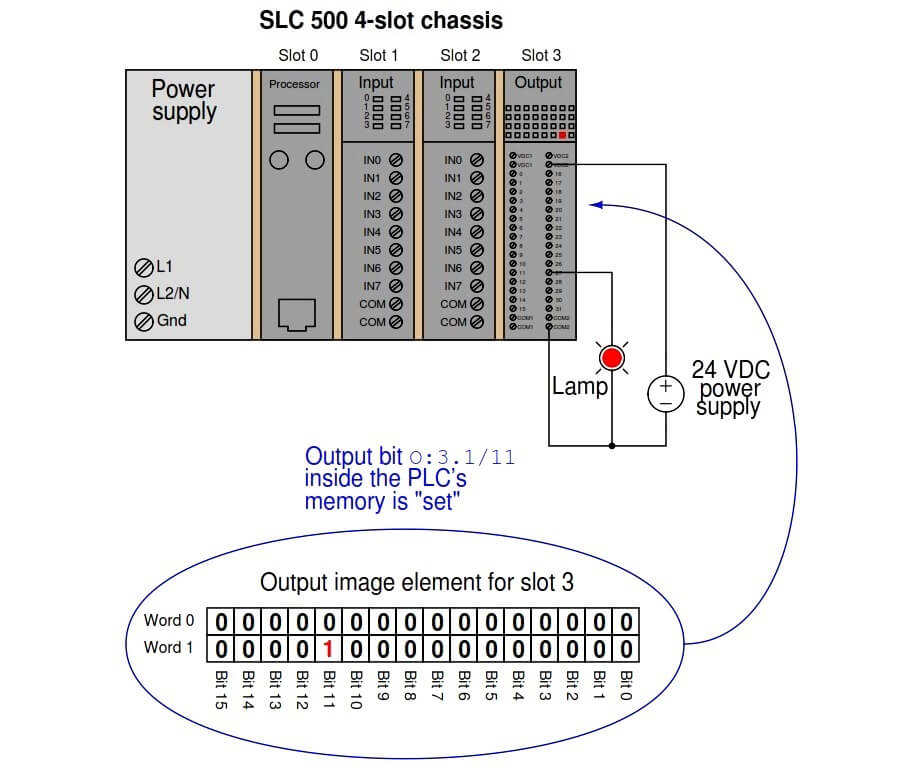Plc 5 1/2 Slot Addressing
Micro/SLC-500/PLC 5 Addressing Formats
It is so important for PLC programmers not only to know about PLC programming, but also to know about electronics and hardware. Because of how the hardware works it can generate errors both at the inputs and at the outputs of a PLC. Most modern PLC’s has a build-in filter on the input side to avoid noise and bouncing. For example, an address that references an output of a MicroLogix 1100 is O:0/0. That is: O:0/5 means that it is a physical output. O:0/5 means that it uses Slot 0 (in the case of the 1100, this output is onboard) O:0/5 means that it is the fifth output on the PLC. By the way, don’t get the capital “O” confused with a zero.
The general format of value names for data from the listed controllers matches the naming convention used by the programming software. The format is shown below. The parts of the name shown in in square brackets [] are optional.

General Value Name Format: X: [file] element [.field] [/bit]
X is the file type. The following table lists valid file types, the default file number for each type, and fields allowed:
Plc 5 1/2 Slot Addressing Tool
Plc 5 1/2 Slot Addressing System
| X | File Type | Default File Number | Fields |
| O | Output | 0 | |
| I | Input | 1 | |
| S | Status | 2 | |
| B | Binary | 3 | |
| T | Timer | 4 | .PRE, .ACC, .EN, .TT, .DN |
| C | Counter | 5 | .PRE, .ACC, .CU, .CD, .DN, .OV, .UN, .UA |
| R | Control | 6 | .LEN, .POS, .EN, .DN, .ER, .UL, .IN, .FD |
| N | Integer | 7 | |
| F | Floating | 8 | |
| A | ASCII | None |